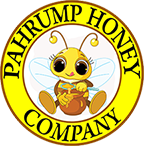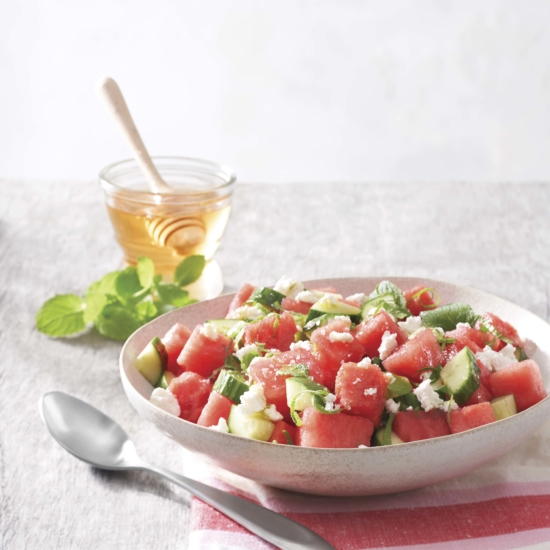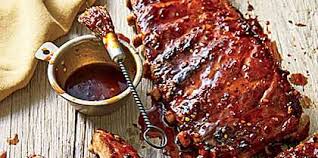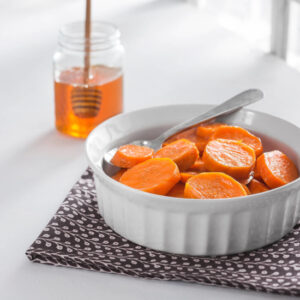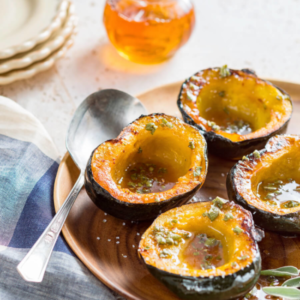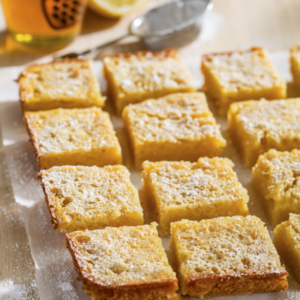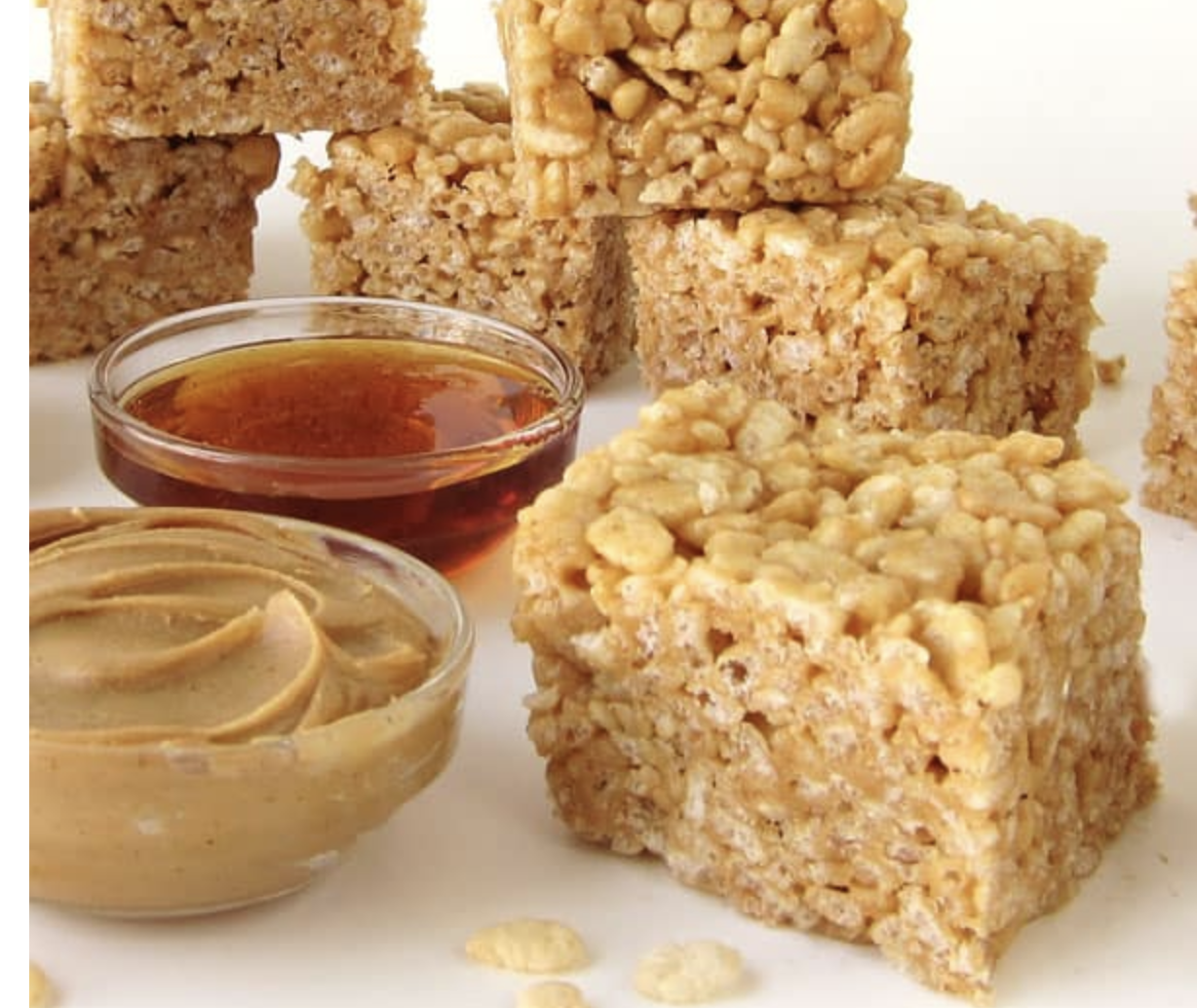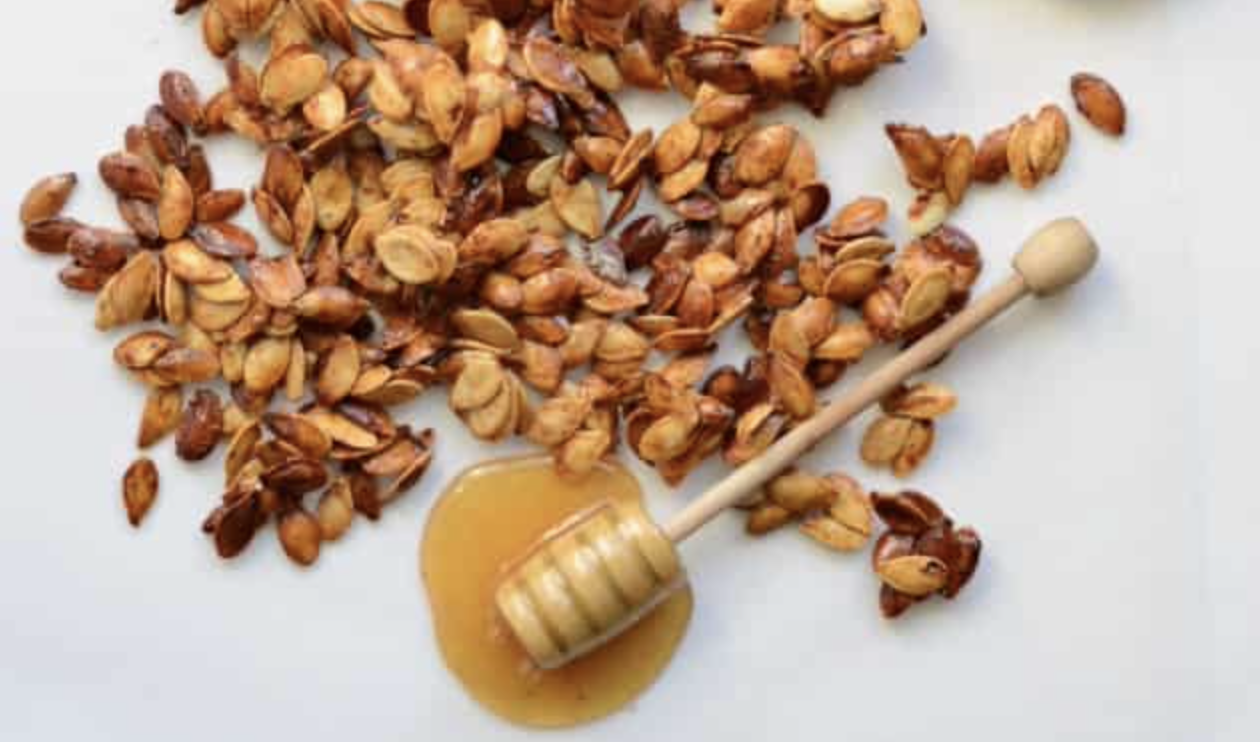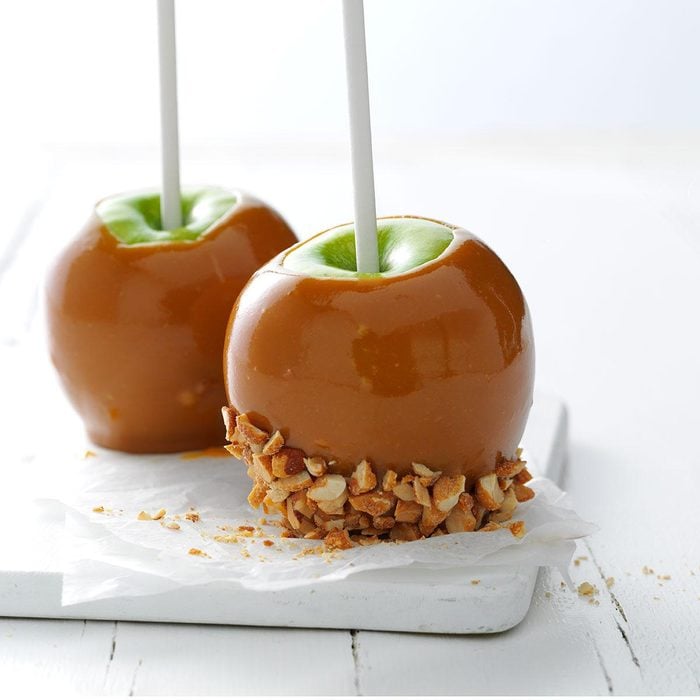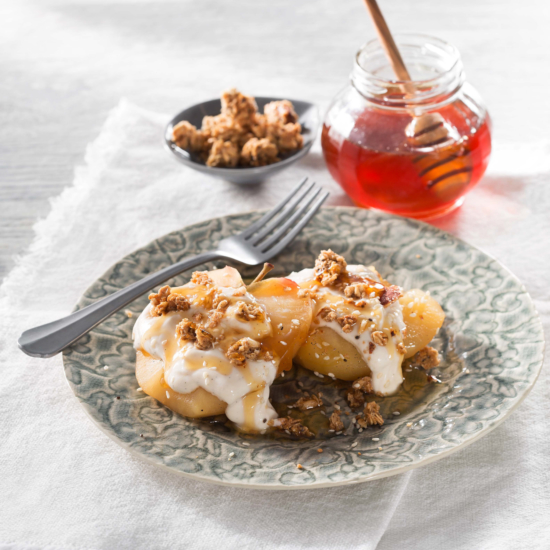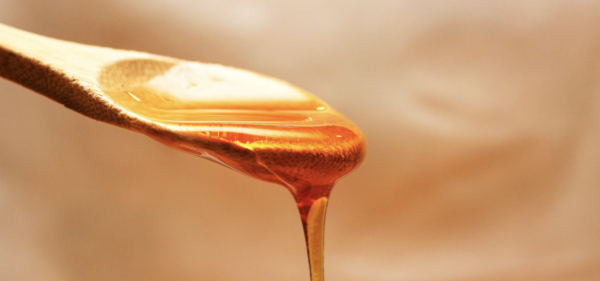
YIELD: Makes 4 to 6 servings
INGREDIENTS
6 oz. – fresh spinach leaves
5 slices – bacon, about 4 oz.
1/4 cup – red wine vinegar
3 T – Pahrump honey
cherry tomatoes, for topping
red onions, for topping
mushrooms, sliced, for topping
DIRECTIONS
Wash and dry spinach thoroughly. Place in a large bowl.
Cook bacon in a large nonstick skillet on each side until crisp. Place bacon on paper towels and remove skillet from heat. Pour bacon fat into a heatproof cup and measure 2 T back into the skillet. Let bacon cool, then crumble into 1/2-inch pieces.
In a small bowl, mix Pahrump honey and vinegar.
Heat the 2 T of bacon fat in the skillet over medium-high heat and carefully add honey-vinegar mixture. Cook for 1 minute, stirring constantly. Add salt to taste. Remove from heat and cool 2 minutes.
Pour dressing over spinach and toss well. Add salt and black pepper to taste. Add bacon pieces to spinach and mix. Serve immediately.
Optional Toppings: cherry tomatoes, mushrooms, red onions
